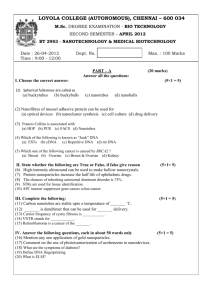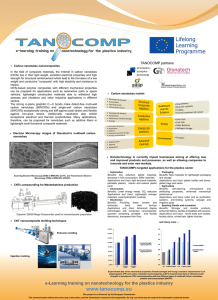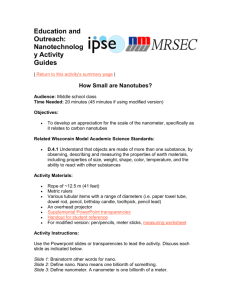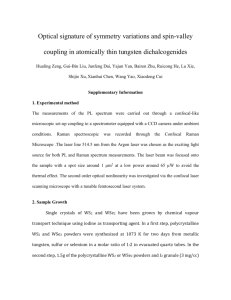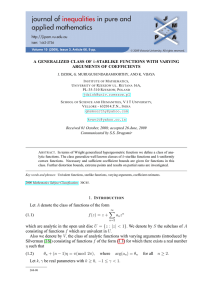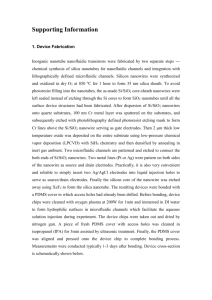The growth of WS2 nanotubes phases and their use as tips for
advertisement
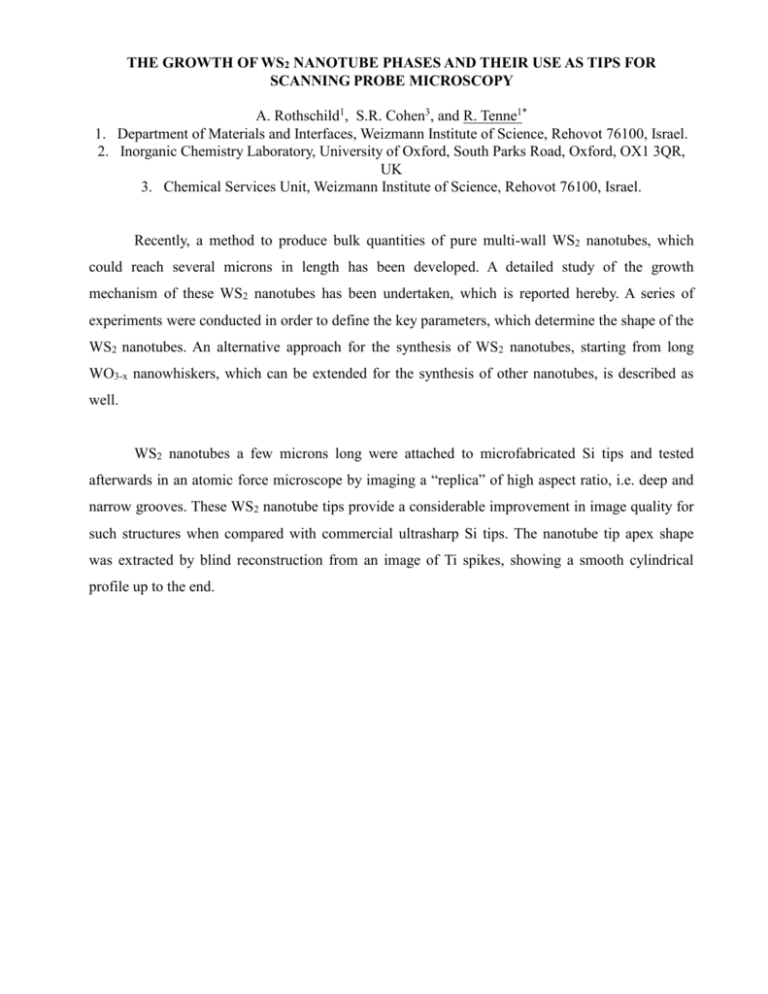
THE GROWTH OF WS2 NANOTUBE PHASES AND THEIR USE AS TIPS FOR SCANNING PROBE MICROSCOPY A. Rothschild1, S.R. Cohen3, and R. Tenne1* 1. Department of Materials and Interfaces, Weizmann Institute of Science, Rehovot 76100, Israel. 2. Inorganic Chemistry Laboratory, University of Oxford, South Parks Road, Oxford, OX1 3QR, UK 3. Chemical Services Unit, Weizmann Institute of Science, Rehovot 76100, Israel. Recently, a method to produce bulk quantities of pure multi-wall WS2 nanotubes, which could reach several microns in length has been developed. A detailed study of the growth mechanism of these WS2 nanotubes has been undertaken, which is reported hereby. A series of experiments were conducted in order to define the key parameters, which determine the shape of the WS2 nanotubes. An alternative approach for the synthesis of WS2 nanotubes, starting from long WO3-x nanowhiskers, which can be extended for the synthesis of other nanotubes, is described as well. WS2 nanotubes a few microns long were attached to microfabricated Si tips and tested afterwards in an atomic force microscope by imaging a “replica” of high aspect ratio, i.e. deep and narrow grooves. These WS2 nanotube tips provide a considerable improvement in image quality for such structures when compared with commercial ultrasharp Si tips. The nanotube tip apex shape was extracted by blind reconstruction from an image of Ti spikes, showing a smooth cylindrical profile up to the end.




